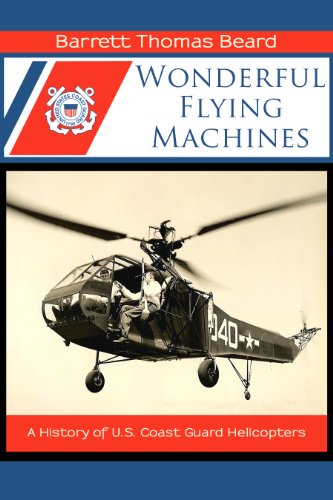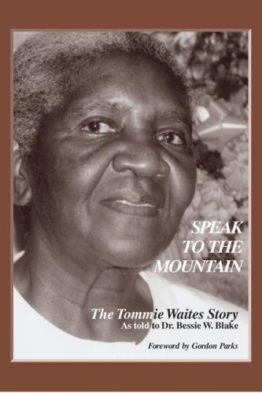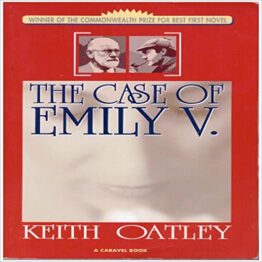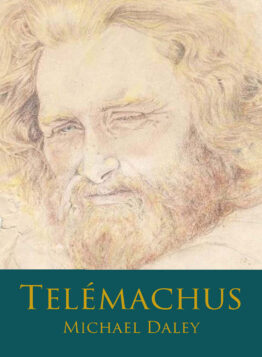Description
The story of the helicopter and its creator, Igor Sikorsky, and chief promoter, a young Coast Guard lieutenant named Frank Erickson, closely parallels that of Wilbur and Orville Wright and their first flying machine. Like that famous brother team, these courageous visionaries risked their lives and careers on a dream. Dubbed “Igor’s Nightmare” in the early days of its development, the helicopter brought derision and ridicule on its supporters. Few who saw the contraption, with it flailing rotors and staccato motion, could be convinced that it was the momentous achievement it would one day be considered. This book clearly demonstrates the problems encountered by the personalities involved and their strengths in developing the helicopter for Coast Guard use. It shows how Erickson and his friend and mentor, Coast Guard captain William Kossler, undaunted by their lack of support, fought with single-minded intensity to establish the helicopter as a vital rescue tool in the service. Kossler died while the project was still in its infancy. Erickson left the service in disgrace but lived to see his humanitarian efforts succeed when the helicopter revolutionized search-and-rescue operations. (Description from Naval Inst Pr, who first published this book in hardcover November 1, 1996). An enjoyable read even for those not into aviation.
Awards for Wonderful Flying Machines:
The 2018 “Bronze” award from Military Writers Society of America http://www.mwsadispatches.
2016 “Admiral Arthur W. Radford Award for Excellence in Naval Aviation History and Literature.”
“2102 Best Article Voted by American Aviation Historical Society Membership.”
Barrett Thomas Beard is author, editor, and editor-in-chief of several books, plus writer of approximately one hundred journal articles. He also worked as a documentary film writer and editor. Tom holds a MA degree in history with additional formal studies in American maritime history. He split a 20-year military flying career as a Navy carrier attack pilot and a Coast Guard rescue pilot in both fixed wing and rotary-wing aircraft. He holds FAA airline transport and commercial helicopter ratings, and a Coast Guard masters license for sail and power vessels. Tom and his wife, as a team, sailed their sailboat around the world almost twice over a 16-year period. He once formally trained in naval architecture and designed small boats and yachts. Several of his designs were featured in national magazines—a life time ago. One small sailboat is now being manufactured in Vietnam as a fleet of training boats for a program to bring yachting to Vietnam. This little boat raced for many years and Tom was told it never lost a race. Tom had two or three boats featured in WoodenBoat Magazine. Hobbies for him include rebuilding 100-year-old automobiles and continuing cruises aboard his boat.

















Bob Cluett –
Wonderful History, with a Hero. Barrett Thomas Beard’s Wonderful Flying Machines is an excellent 1996 account of the introduction and development of rotary-wing rescue aircraft in the U.S.Coast Guard. The helicopter is now a principal device in the saving of the lives of those who 50 years ago would have been lost at sea, and Beard’s history of its role in USCG operations is thorough and accurate.
A principal strength of the book is that it is not merely the history of Igor Sikorsky’s machine; it is also the story of the machine’s greatest pilot and most vocal promoter within the USCG, Frank Erickson. Erickson retired on 1 July 1954 to become an engineer and test pilot with Brantly Aircraft Corp, where he continued to work on the helicopter flight stabilizer for which he had already been awarded a patent. He had also, in the 1940s, developed the Erickson Hoist, the Erickson Chair and the Erickson Basket, all of which in more developed variations are still in use today. Post Canada’s commemorative stamp honoring the Canadian Coast Guard (ca. 1985) depicts a helicopter cherry-picking a man off a sinking ship with an Erickson Hoist, and the epic 1998 storm that took several lives in the Sydney-to-Hobart yacht race would have taken many more had it not been for rescue helicopters and Erickson`s equipment. Endlessly restless and blessed with an instinctive contempt for the status quo, Erickson was probably (except for a brilliant ability to perform under pressure) ill-equipped for a military career, from which he retired after only 23 years as a commissioned officer. But he left, ironically, as big an imprint on the way his branch of the armed forces goes about its work as any man since the World War I invention of the tank.
Beard’s account of that imprint is excellent in every way.
Daniel O. Coppock –
A must read for the aviation enthusiast.
Pterodactyl (Coast Guard Aviator) #2797 –
Tom is a gem. He’s one of the few people who has written of Coast Guard Aviation who knows that of which he speaks, having been there and done it. This is not to disparage the various historians and popular authors such as Sebastian Junger who have tried to get a handle on what it is we do, but we Pterodactyls are a tight-lipped bunch to outsiders. But Tom is one of us, and we’re glad he blabbed. He has done a meticulous study of Frank Erickson and the evolution of the search & rescue helicopter and the mundane, but necessary innovations such as the rescue hoist. Without the machinations that Frank went through, rescue at sea would be a very different business today. Many people do not understand that the United States Coast Guard INVENTED hoisting people from the water. Frank was brilliant, uncredited, and unknown, outside of CG Aviation. He was disdained by the seaplane community in the CG during his lifetime. The passage of time has proven Frank right. In his book, Tom grasped and articulated the struggle that Frank went through proving his theories and nicely packaged Igor Sikorsky’s vision for the helicopter as a tool for humanitarian service. Even my non-flying friends enjoyed the book…which I recommend when they ask what the heck it is that I do for a living.